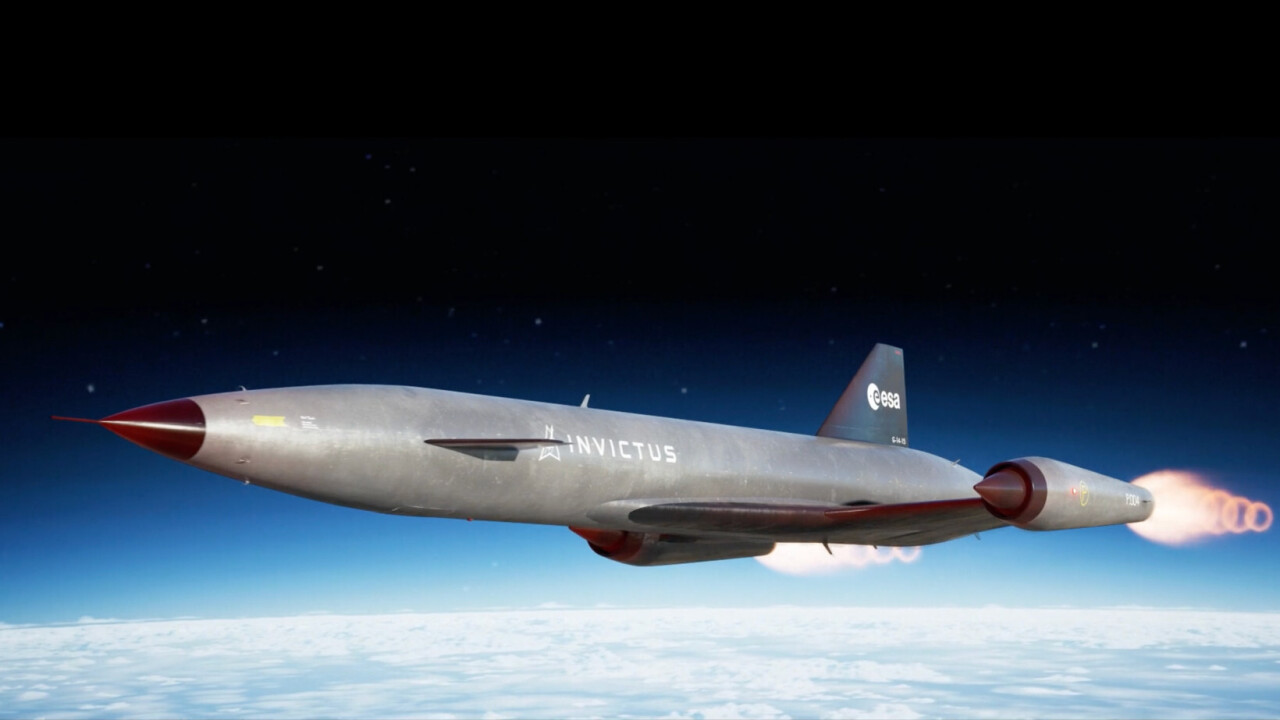A bankrupt company's propulsion system for hypersonic planes is being revived by Invictus, a new European Space Agency (ESA)-backed project aiming to build and fly a hydrogen-powered spaceplane by 2031.
The proposed engine for the plane is based on so-called pre-cooler technology, developed over decades by UK aerospace firm Reaction Engines, which went bust in November.
Many of Reaction Engines' top engineers found a new home at British aerospace and defence company Frazer-Nash Consultancy, which is now leading the Invictus consortium. Other members of the group include US aircraft maker Spirit AeroSystems and Britain's Cranfield University.
Invictus aims to develop a reusable hypersonic vehicle capable of flying at Mach 5 (6174 km/h) — five times the speed of sound. Unlike most rockets, this spaceplane would take off horizontally from a runway. The plane would skim the edge of space, then return and land like a commercial jet. Powered by hydrogen, the aircraft promises lower emissions and longer endurance than traditional jet fuel engines.
The first stage of the programme, funded by €7mn from ESA's General Support Technology Programme, plans to deliver a concept design by mid-2026. The design will centre around the plane's hydrogen-fuelled, air-breathing propulsion system.
The pre-cooler is a heat exchanger that cools incoming air before it hits the engine. At hypersonic speeds, air entering the engine can reach thousands of degrees, too hot for traditional turbines. The precooler rapidly chills this air using cold hydrogen fuel running through tiny pipes.
The system is designed to counter the extreme heat caused by shock and friction at hypersonic speeds, allowing engines to run safely. Reaction Engines' ground tests last year showed promising results when integrated with jet engines.
For now, Invictus is still a concept, but spaceplanes, at least in theory, could prove a more cost-effective way to access the edge of space than rockets. Their advantage lies in taking off from a conventional runway and being reused time and time again — just like a plane, but with more juice.
Sarah Wilkes, managing director at Frazer-Nash, believes the consortium has a good shot at making the concept work.
“With strong industry support and deep engineering and aerospace expertise – including Frazer-Nash colleagues with a decade of propulsion experience – we have all the right ingredients to make this ambitious vision a reality,” Wilkes said.
